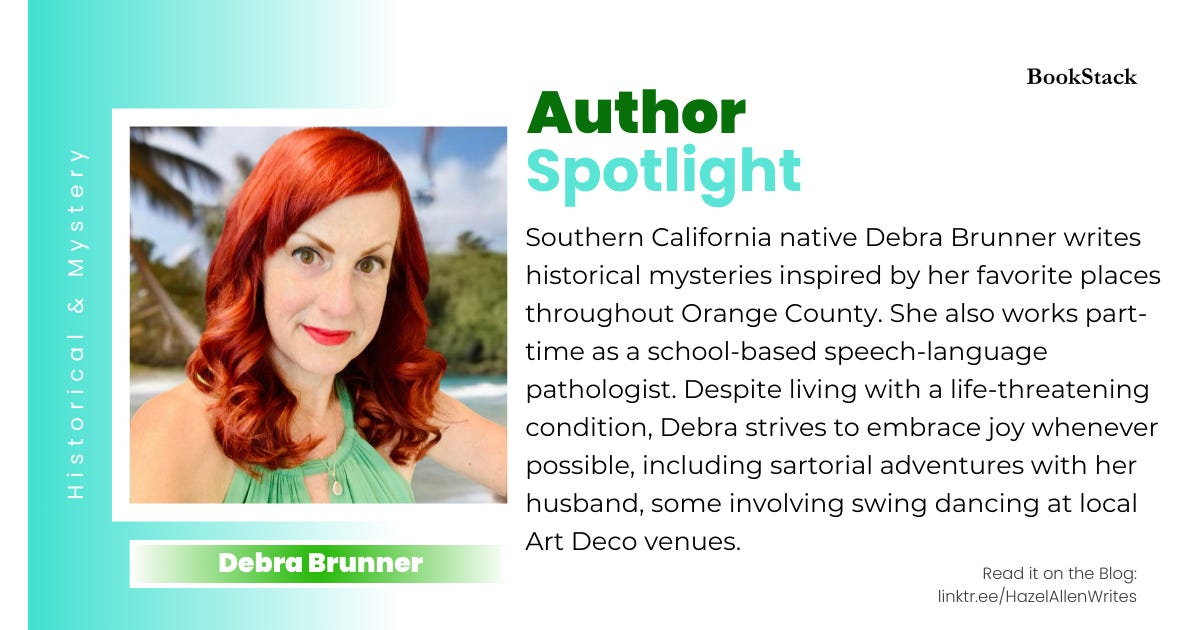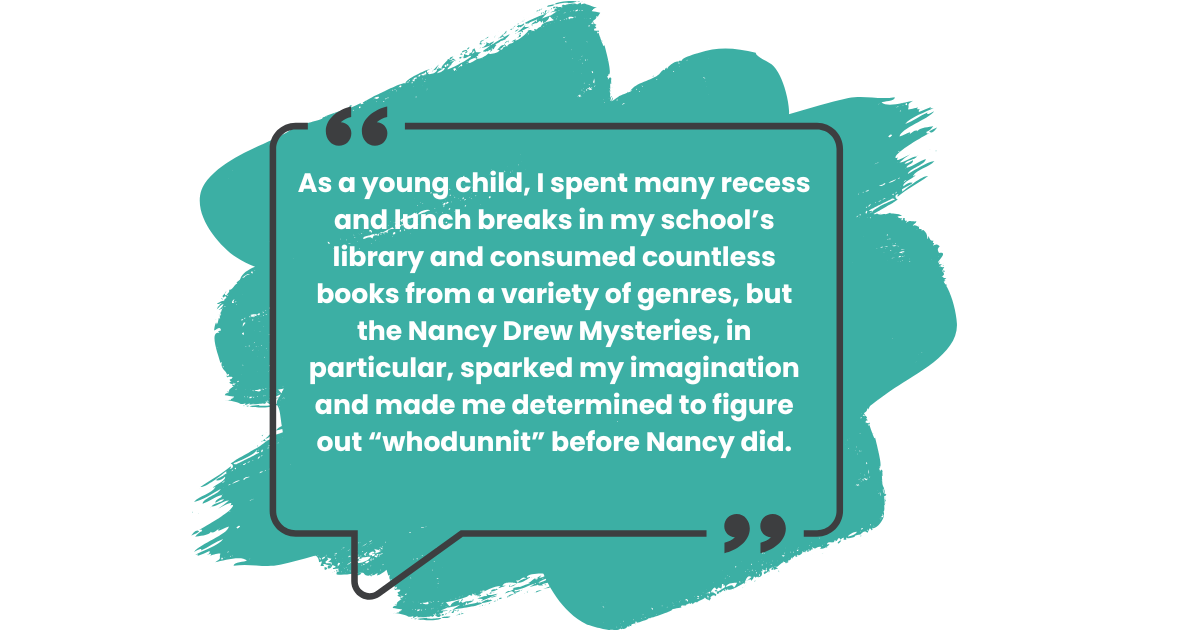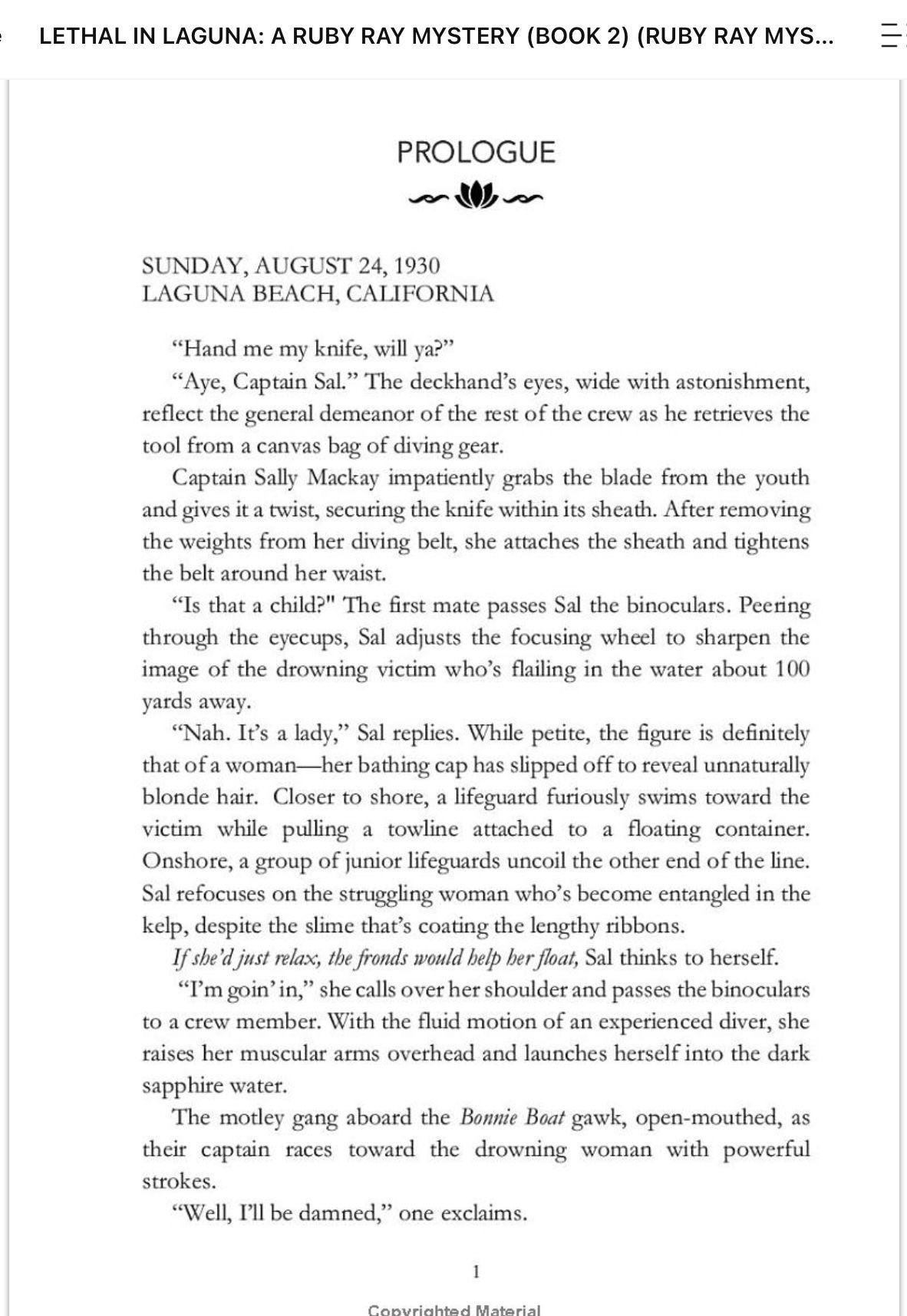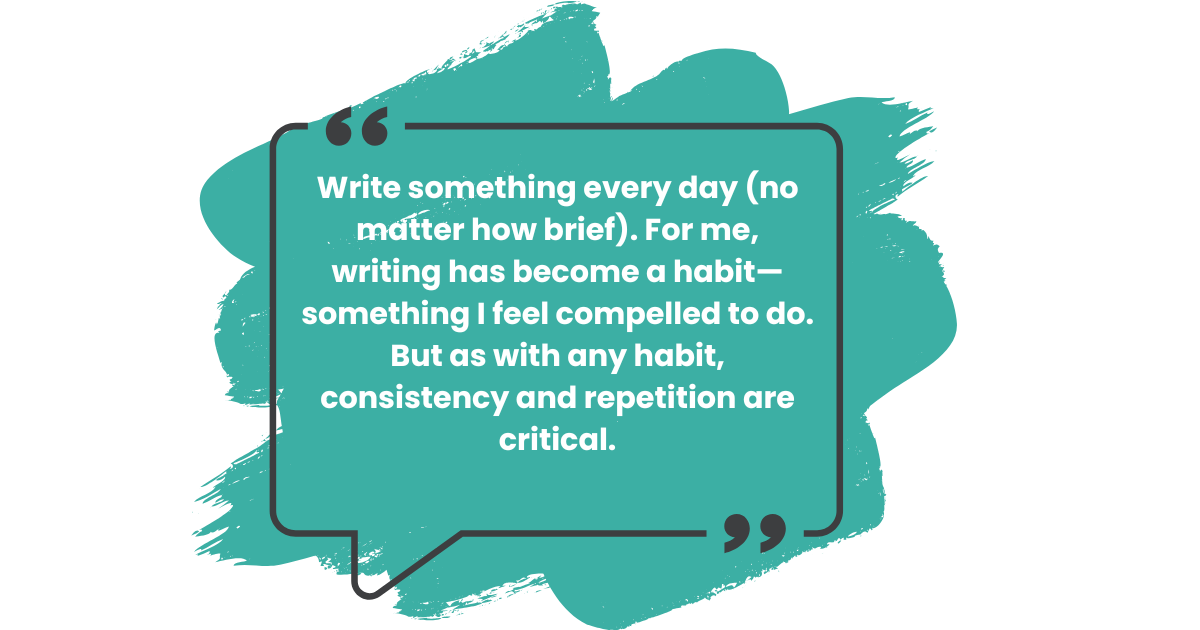Spotlight: Mystery & Historical Writer Debra Brunner.
Today's spotlight shines a line on the author of the Ruby Ray Mystery series, Debra Brunner!
Please note: This article contains affiliate links, which earns us a small commission when you order the Author’s book, and goes towards website upkeep and making BookStack better.
We’re finally back with another spotlight, everyone. I mean, it’s been months— well, yeah. Months. It’s now September, and we’re preparing for the great autumnus weather. And alongside that, more deep dives into the creative minds of our fellow authors.
Our special guest for this week’s spotlight is none other than Debra Brunner. She’s an incredible Mystery and Historical writer, and we hope that shows throughout this showcase. And if you want to support her, go check out her socials. She has both Facebook and Instagram.
Now before we jump in, a quick reminder: The spotlight is split into two sections. The first is where we learn about Debra and do a fun interview, then the next is where we go over her releases. Ready? Let’s get going.
Southern California native Debra Brunner writes historical mysteries and has co-authored several published academic articles. She also works as a school-based speech-language pathologist. Debra began writing mysteries in 2019 when Ruby Ray introduced herself as an opportunity to dig into the rich history of Fullerton, her beloved hometown.
However, she had barely completed the first few chapters when her plans were derailed by a breast cancer diagnosis and serious complications related to her treatment. Following a brush with death, Debra vowed to embrace joy whenever possible and resumed crafting her first Ruby Ray Mystery while still confined to her home.
Today, when not writing novels or working with children, Debra enjoys sartorial adventures with her husband, some involving swing dancing at local Art Deco venues.
Below are some questions Debra answered for the Spotlight.
What is the writing process like for you?
My current series, Ruby Ray Mysteries, was initiated by the main character who, I like to say, introduced herself to me while I was walking early one morning on a trail by my house.
She made it clear that her story was set in Fullerton, California (my hometown) during the early days of the Great Depression and involved a mystery that would feature the high school I attended—a stunning campus with Spanish Colonial architecture and a captivating history.
With both novels (so far) in the series, once the main characters and settings were established, I searched online archives and enlisted the help of local librarians and historians to gather details that would give my novels depth and historical accuracy.
Throughout this process, a loose outline emerged, which I fleshed out as ideas popped into my head. Only when the main plot and subplots felt well-developed did I sit down at my computer to begin writing; however, the research process didn’t stop until I finished the last sentence.
How do you get inside your characters' heads?
While developing my characters, I’ve become more attuned to my own sensory and emotional experiences so that my writing is more descriptive and relatable. This includes exploring my darker and less comfortable feelings and thoughts—those I would ordinarily turn away from—in order to authentically write characters who I would loathe in real life.
What drew you to your genres?
As a young child, I spent many recess and lunch breaks in my school’s library and consumed countless books from a variety of genres, but the Nancy Drew Mysteries, in particular, sparked my imagination and made me determined to figure out “whodunnit” before Nancy did.
Years later, I became fascinated with the narrative frameworks employed by mystery authors, especially Agatha Christie and Mary Stewart, and marveled at their ability to weave so many disparate threads into a thrilling and breathtaking story—all the while misdirecting their readers until the pivotal “aha” moment. Perhaps this, more than anything, inspired me to attempt writing a mystery novel myself.
What does your relationship with "Writer's Block" look like?
Writer’s block for me is more physical than mental. Living with profound heart failure, I often have days when I lack the strength and endurance to sit at my desk for hours at a time, which is immensely frustrating when my mind is in a productive, creative flow. At those moments, I rely on voice-to-text to record my ideas—often entire scenes—until I can embed them into my manuscript at a later date.
When you're writing difficult or emotional scenes, how do you prop the mood?
As an empath, I have no difficulty slipping into the emotional states of my characters. However, I sometimes internalize those feelings too intensely. For example, while writing a harrowing scene involving the MC of my most recent novel, I had to stop every hour or so to visit my husband in his study for reassuring hugs.
Below is an excerpt Debra included for the showcase.
What was the most difficult part of getting a book published or self-published?
I thought long and hard about whether to self-publish or pursue the traditional route of sending my manuscript to publishers. Ultimately, I chose to self-publish because—quite frankly—I had concerns about how long it would take to find a publisher willing to accept my manuscript, and I wanted to ensure I was around to see my books in print. Once I made the decision, my frustrations with self-publishing were largely technical, as I found the formatting process for KDP rather onerous at times.
How do you process and handle receiving negative reviews or comments?
Thankfully, I have not yet seen any negative reviews. That being said, there have been a few people on social media who have criticized—of all things—the cover illustration for my first novel because of the sign on one of the buildings. These comments felt politically motivated, but rather than engaging at that level, I offered book references supporting that my design choice was historically accurate and just left it at that.
What is a piece of advice you've received which has helped propel your writing forward?
Write something every day (no matter how brief). For me, writing has become a habit—something I feel compelled to do. But as with any habit, consistency and repetition are critical. I’ve also been advised to focus on what’s in front of me instead of the end result. This sort of mindfulness has been particularly helpful throughout my writing journey so far.
Without spoiling your books, is there a character you've written you relate to most? How has it evolved your writing?
This may sound cliché, but I identify most strongly with my MC, Ruby Ray. In some ways, Ruby’s character is auto-biographical—I’ve poured so much of myself into her—but she transcends my personality, motives, and experiences. She’s the person I’d love to have been at age twenty-eight. As far as evolving my writing, I may have already answered this while describing how I get inside my characters’ heads.
Is there anyone who inspired you to write your books?
I’m so thankful for Miss Nordberg—my first through third grade teacher—who ignited my passion for both drawing and writing. Her classroom was a model for “child-directed learning” when I attended during the mid-1970s, and we were encouraged to write about every piece of art we created. So, unsurprisingly, I thought of her often while writing and illustrating my novels.
And do you have any reading recommendations?
For readers interested in historical mysteries, I highly recommend the Maisie Dobbs series by Jacqueline Winspear, the Her Royal Spyness series by Rhys Bowen, and the Lady Emily Mystery series by Tasha Alexander. For those interested in a delightful blend of science fiction, history, and humor, I cannot say enough about the Chronicles of St. Mary’s series by Jodi Taylor.
In this section we’ll be going through Debra’s work, any upcoming releases, and social links. Synopsis for each book or series is pulled from their webpage.
The Ruby Ray Mystery Series:
Ruby Ray Mysteries, a series of historical whodunnits set throughout Southern California in the early 1930s, follows the exploits of Ruby Ray, a daring yet quirky investigator with a penchant for finding herself in the wrong place at the right time. Infused with historically accurate places and events, not to mention a famous name here and there, the novels paint a picture of the “land of sunshine and dreams” in the days leading up to the Great Depression.
For her upcoming releases, Debra revealed that she is working on a third entry to The Ruby Ray Mystery series. However, it is too soon for details, but you can follow her on Facebook or Instagram for updates!
That is all the details we have for this spotlight, though. So it’s time for us to wrap things up. Thank you Debra for granting the opportunity to showcase you and your work! And like always, this has been a lot of fun to put together.
Thank you to each and every one of you, too! Sticking all the way through and showing your support— well, it means a lot! I hope you enjoyed today’s spotlight, and we’ll see you in the next one. Buh-bye!









Noticing that some of the graphics I used appear a little messed up in dark mode. Not sure if that’s just me but I’ll be working on fixing it later today